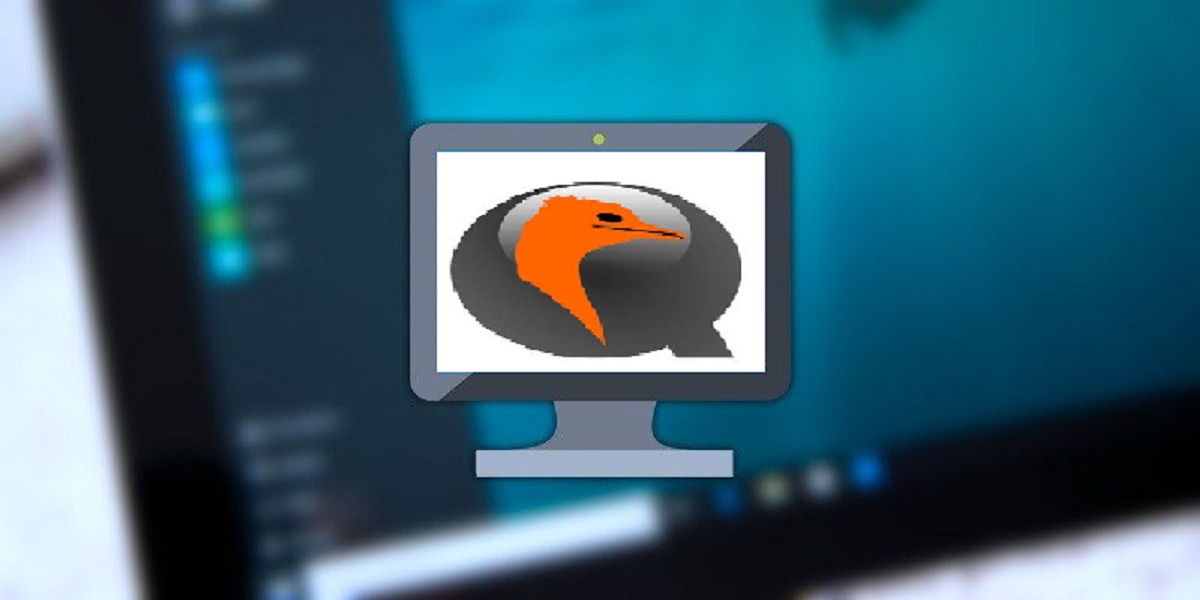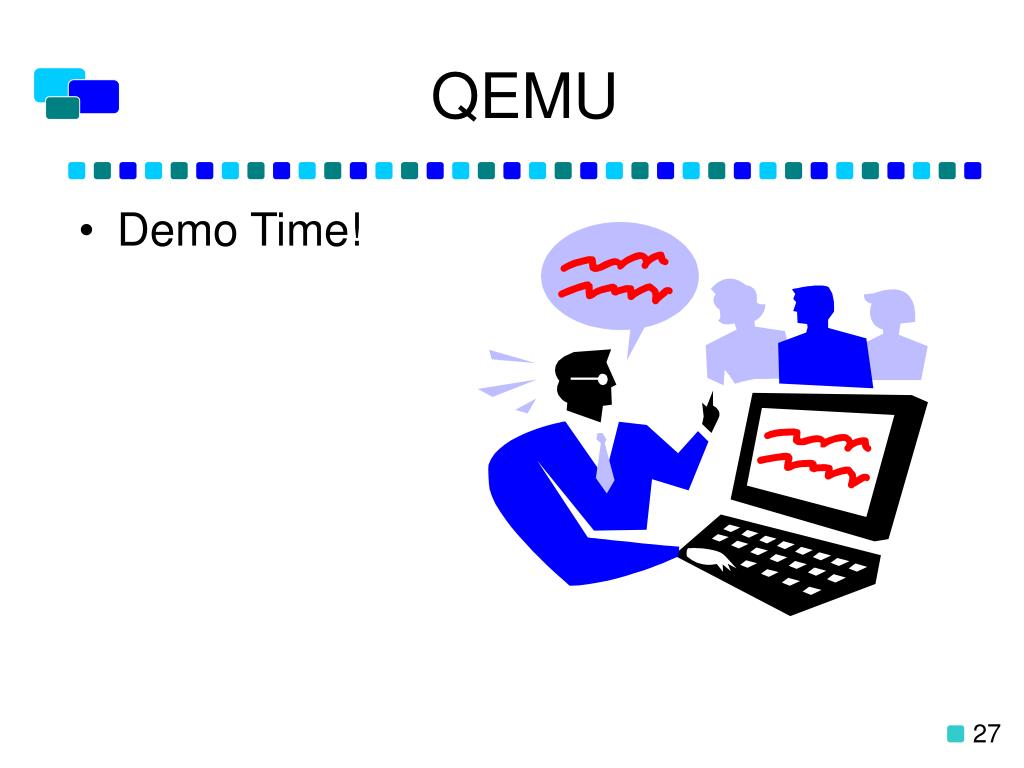

The problematic instructions aim at testing the A20 gate by writing and reading memory and by comparing the equality of registers. The problem is that with both of these I end up with crashes created by simple mov instructions. I thought I'd try Bochs or Virtual box instead.
#QEMU VS BOCHS WINDOWS 10#
Now I'm stuck on a Windows 10 machine and Qemu doesn't work well with GDB on this machine. Most other virtualization softare (KVM, VirtualBox, VMWare) however can make use of those extensions and will perform much better if they are available.I'm building a small operating system and was using Qemu before which was working properly. This means that it will always be slow, and it's irrelevent if the hypervisor on the host exposes virtualization extensions to the guest (like KVM does). dynamic translation), but that will be noticably slower.ĮDIT: Bochs, which you mentioned, is a software-only hypervisor.
#QEMU VS BOCHS SOFTWARE#
You can always run a nested VM using a pure software hypervisor (e.g. By 'proper' I mean that the hypervisor exposes virtualization extensions to the guest. I haven't gotten any reliable info on Windows virtualization software concerning proper nested VM support. A search for "KVM nested" should give you enough info to try it yourself.ĮDIT: KVM will run on a Linux host only.

#QEMU VS BOCHS UPGRADE#
Depending on the requirements of your development, you may require more memory, or an upgrade to a 64-bit "base-host" operating system.

You could simply use Windows as your "base-host" OS, run Linux in a VM, and then use that operating system as the new base-host for Bochs.ĭo note that your only limitation here is your hardware. Each virtual machine is technically "independent" of one another, and with VirtualBox, you could easily do this, since it is supported on both Windows and Linux host operating systems (emulated or not).


 0 kommentar(er)
0 kommentar(er)
